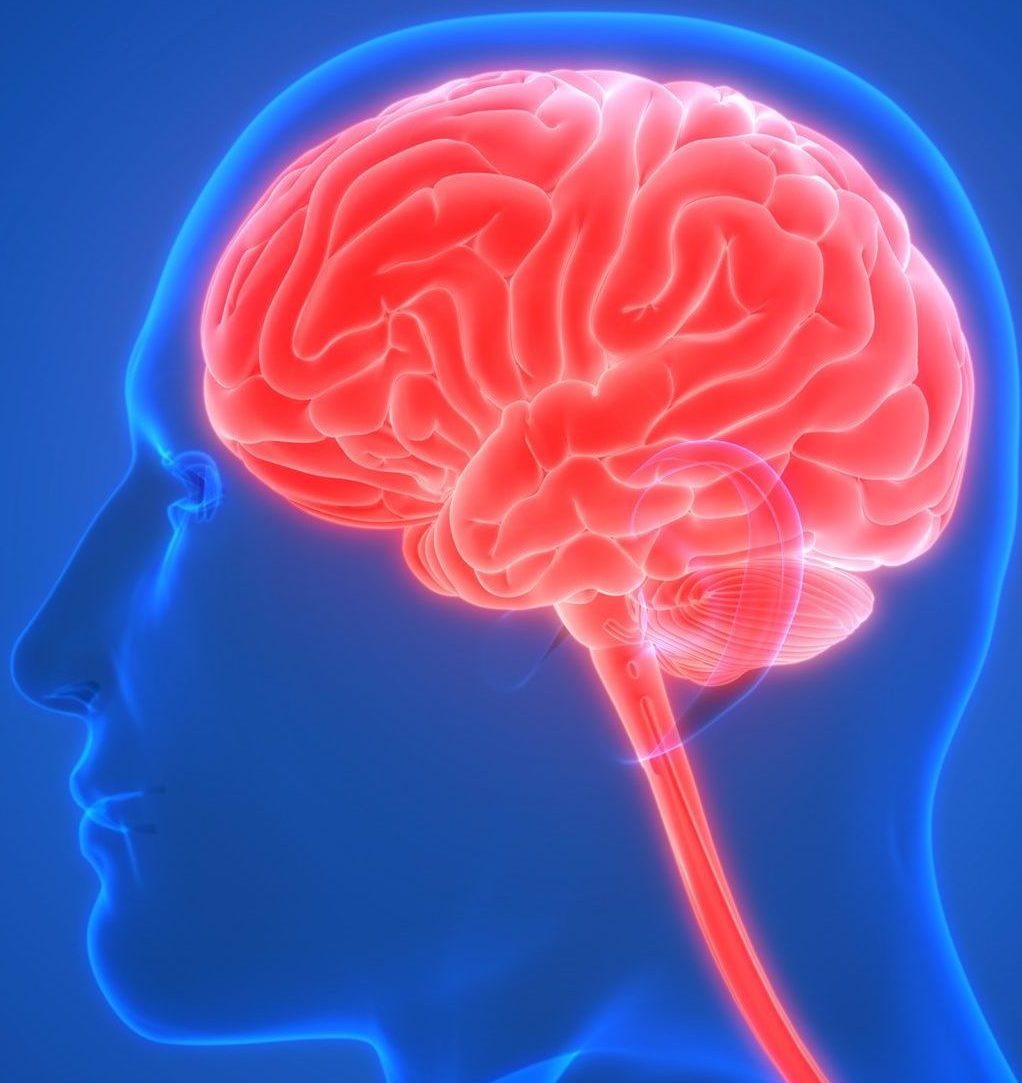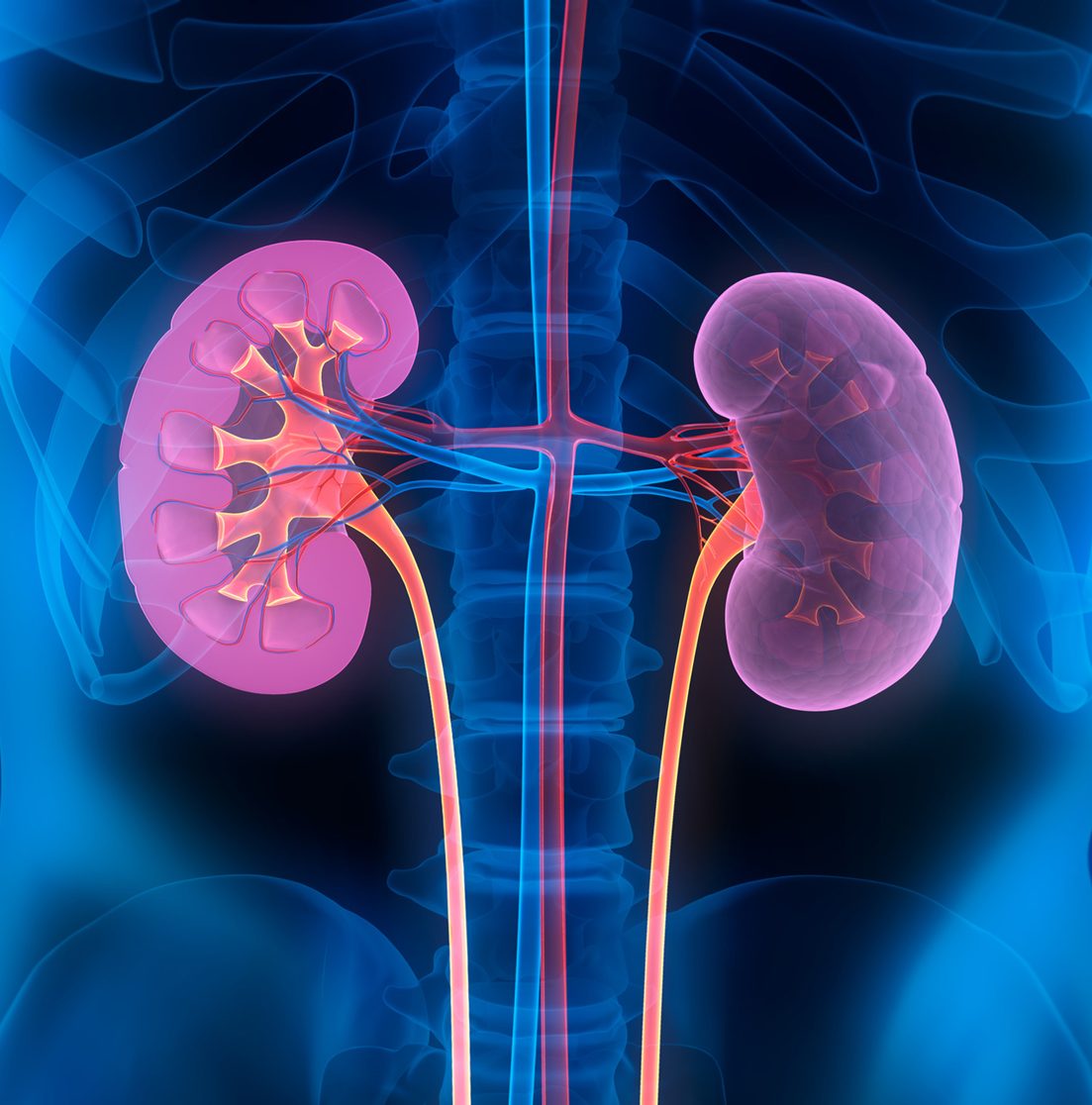Test d’inclinaison chez le primate non humain utilisant la contention manuelle
ABSTRACT: Drug abuse liability is a growing concern for Regulatory Authorities and the
American opioid crisis raises the question of the evaluation of abuse potential
for new drugs.
- Standard non-clinical methods are time/cost ineffective and rely on behavioral
outcomes.
- The need to develop more quantitative/predictive approaches has been
pointed out.
- Meanwhile, accumulating evidences highlight the role of initial activation of the reward system and its dysregulation in the development of drug addiction
the tilt test in non-human primate using manual restraint: an improved method to investigate orthostatic hypotension
ABSTRACT: Drug-induced orthostatic hypotension (OH) is a common side-effect of medications such as antidepressants, antipsychotics, antiparkinsons, antihypertensives, vasodilators and diuretics. OH is defined as an excessive drop in arterial blood pressure resulting from a sudden postural change. Under physiological conditions, this phenomenon is compensated by the baroreflex, a regulatory mechanism that restores blood pressure by activating the sympathetic system leading to peripheral vasoconstriction and cardiac stimulation. However, this side-effect is not systematically addressed during preclinical drug development of NCE’s. The standard way to investigate OH in animals is the tilt test, as performed in humans. Physical restraint in modified chairs is the most frequently used technique in NHP. However, this restraint is stressful and can affect the results. We have developed a technique in cynomolgus monkeys using only manual restraint. Animals are regularly trained to the procedure using clicker training with positive reinforcement. Trained animals show no resistance during the procedure. The model was validated using two reference compounds, prazosin and hexamethonium.







